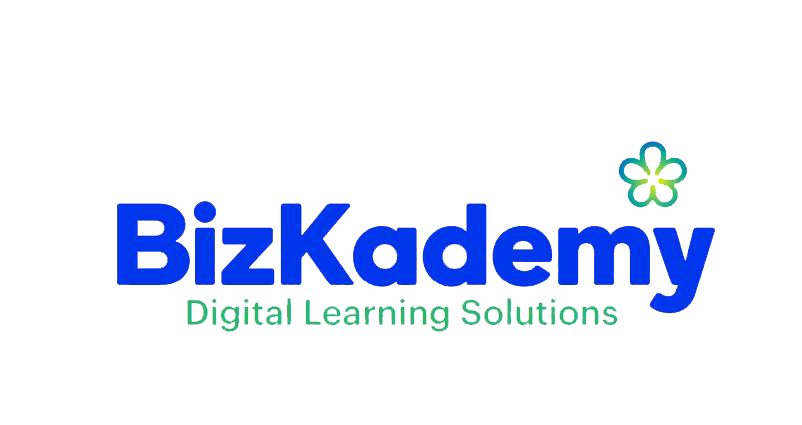Gamification in E-Learning: Boosting Engagement and Retention
In recent years, the concept of gamification has taken the e-learning world by storm. By incorporating game-like elements into educational content, organizations are finding new ways to make learning more engaging and effective. But what exactly is gamification, and how can it benefit e-learning? This blog post explores the concept of gamification in e-learning, its benefits, and how it can boost engagement and retention among learners.
What is Gamification?
Gamification involves integrating game design elements, such as points, badges, leaderboards, and challenges, into non-game contexts like e-learning. The goal is to motivate and engage learners by making the learning process more interactive and enjoyable. By tapping into the inherent human love for games and competition, gamification can transform mundane training modules into exciting learning experiences.
Benefits of Gamification in E-Learning
- Enhanced Engagement
One of the primary benefits of gamification is increased engagement. Traditional training methods can often be monotonous and fail to capture learners’ attention. Gamified content, on the other hand, uses elements like rewards and challenges to keep learners interested and motivated. When learners are actively engaged, they are more likely to absorb and retain information.
- Improved Retention
Gamification has been shown to improve knowledge retention. By incorporating game mechanics, learners are encouraged to revisit the material, practice new skills, and reinforce their learning. The use of repetition and rewards helps solidify knowledge, making it easier for learners to recall information when needed.
- Increased Motivation
Gamification taps into intrinsic and extrinsic motivators. Intrinsic motivation comes from the satisfaction of completing a challenge or achieving a goal, while extrinsic motivation is driven by rewards like points, badges, and certificates. By catering to both types of motivation, gamified e-learning can keep learners motivated throughout their training.
- Immediate Feedback
Games provide immediate feedback, which is crucial for effective learning. In a gamified e-learning environment, learners receive instant feedback on their performance, helping them understand what they did right or wrong. This immediate feedback loop allows learners to correct mistakes and improve their skills in real-time.
- Encourages Healthy Competition
Leaderboards and competitive elements in gamification can foster a sense of healthy competition among learners. Seeing their name on a leaderboard or earning more points than their peers can drive learners to put in extra effort and achieve better results. This competitive spirit can lead to higher levels of engagement and improved performance.
- Personalized Learning
Gamification allows for personalized learning experiences. By tracking learners’ progress and performance, gamified e-learning platforms can tailor content and challenges to individual needs and skill levels. This personalized approach ensures that learners are not overwhelmed or bored, but are consistently challenged at an appropriate level.
- Fosters Collaboration
While competition is a key aspect of gamification, it can also promote collaboration. Team-based challenges and multiplayer games encourage learners to work together, share knowledge, and learn from one another. This collaborative environment can enhance the learning experience and build a sense of community among learners.
Implementing Gamification in E-Learning
To successfully implement gamification in e-learning, consider the following strategies:
- Identify Learning Objectives: Clearly define the learning objectives and ensure that the gamified elements align with these goals.
- Start Small: Begin with simple gamification elements, such as quizzes or badges, and gradually introduce more complex features as learners become comfortable with the format.
- Use Meaningful Rewards: Ensure that rewards are meaningful and relevant to the learners. Recognition, certificates, and tangible rewards can be powerful motivators.
- Provide Clear Instructions: Make sure learners understand how the gamified elements work and what they need to do to succeed.
- Gather Feedback: Continuously gather feedback from learners to improve the gamified experience and address any issues or challenges they may encounter.
Conclusion
Gamification in e-learning is more than just a trend; it’s a powerful tool that can significantly boost engagement and retention. By making learning fun, interactive, and rewarding, organizations can create training programs that not only educate but also inspire and motivate learners. As technology continues to evolve, the possibilities for gamification in e-learning are endless, promising a future where learning is as enjoyable as it is effective. Embrace gamification and unlock the full potential of your e-learning initiatives today.





